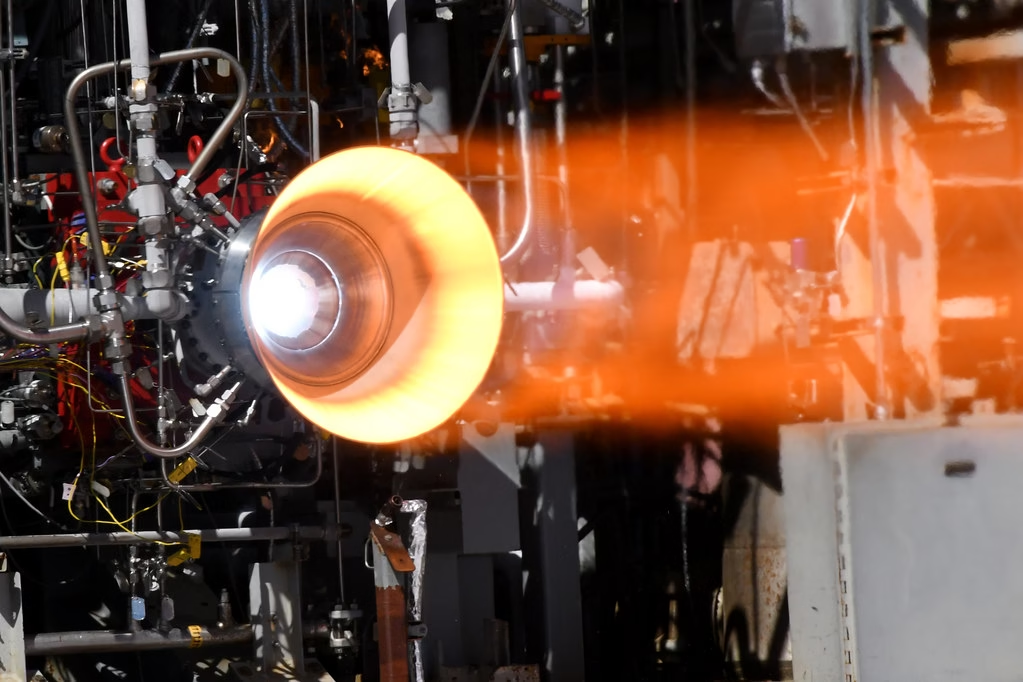The government is planning to introduce incentives for the manufacturing of battery components in order to stimulate growth in the electric vehicle industry
Battery components Incentives: The government is exploring the idea of providing incentives for battery component manufacturing to bolster the growing electric vehicle industry and meet the increasing demand for energy storage. The Ministry of Heavy Industries is currently identifying locally-produced battery components that may require financial assistance, according to sources.
These incentives could be similar to the subsidies provided under existing production-linked incentive schemes for specific industries. While discussions are ongoing, the final details of the scheme have not yet been determined. A senior government official mentioned that decisions regarding the extent of incentives will be made at a later stage.

The battery manufacturing sector has been advocating for incentives to produce components such as cathodes, anodes, electrolytes, and adhesives. In 2021, the government launched the National Programme on Advanced Chemistry Cell (ACC) Battery Storage with the goal of achieving a manufacturing capacity of 50 GigaWatt Hours (GWh) of ACC and 5 GWh of Niche ACC, with an allocated budget of ₹18,100 crore. The PLI scheme aims to reduce reliance on imports by strengthening the local ecosystem for electric mobility and battery storage.
The initial round of ACC PLI bidding concluded in March 2022, with Ola Cell Technologies securing the majority share of 20 GWh capacity. ACC Energy Storage, operating as Rajesh Exports, and Reliance Industries were each awarded incentives for 5 GWh. Agreements with selected beneficiary firms were signed in July 2022.
Initially, 20 GWh of incentives were awarded to a company posing as Korean automaker Hyundai Motor Company. However, this capacity was later revoked, and half of it was re-bid in 2024. Reliance Industries emerged as the winner in this round, securing the entire available incentive.
Additionally, the government introduced a viability gap funding scheme for battery energy storage systems (BESS) targeting 4 GWh by 2030-31, with a budgetary support of ₹3,760 crore. This scheme is currently in the implementation
In the continuous efforts to enhance the battery storage supply chain, the industry is advocating for increased incentives for components that pose manufacturing challenges. For example, the production of graphite for anodes is relatively straightforward, so the incentive amount for this component may be lower compared to that for cathodes, as noted by an industry official.
Regarding battery manufacturing, Vimal Anand, the Joint Secretary of the Ministry of Commerce & Industry, recently highlighted that the domestic capacity and consumption for batteries have reached a critical point. However, the export capacity is still underdeveloped, indicating that there is still a long journey ahead in this sector.
For more market insights, follow our blog.
Stay tuned for more updates and insights on the stock market! For more insights on investing in the Indian stock market, check out resource like ET, NSE India.
Disclaimer: This blog post is for informational purposes only and should not be considered financial advice. Investors should conduct thorough research and consult with a qualified financial advisor before making any investment decisions.
